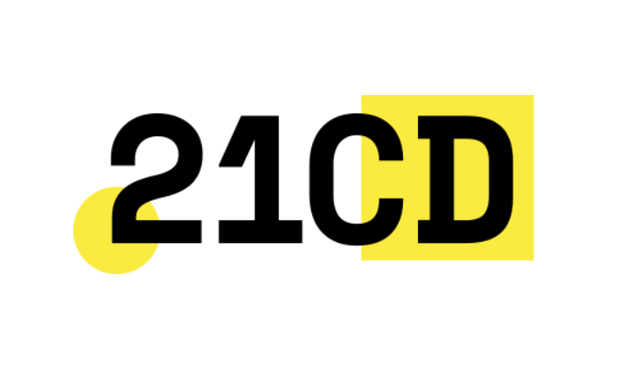
The Center for Sustainable Building Research has been working with AIA Minnesota to define 21st century development in the context from standard practice to green to sustainable to restorative and regenerative.
READ MORE
21st century development should provide a healthy environment for all people and living systems now and in a dynamic future. It enhances people's lives and continuously operates on renewable sources of materials, water, energy and others. The center had created "case studies" of innovative developments from around the world to serve as a resource for teams seeking to elevate the level of development. The center used the Living Community Challenge to create a matrix to review the performance of each of the case study developments across the 7 petals (Place, Water, Energy, Health and Happiness, Materials, Equity and Beauty) of the Living Community Challenge. Aspects of each development were then classified into 5 levels from Standard to Good to Better to Living (equal to the Living Community Challenge) to Regenerative. This allows design and development teams to sort the case studies based upon similar goals to their project.
Take a look at the full Regenerative Matrix.
In addition, the center believes the matrix can be an engagement tool for practices on any project to look at a design teams typical project goal and look for trajectories to aspire to higher levels of performance to meet the aspiration of 21st century development. The Living Community Challenge assessment system must not be seen as a set of objective or fixed criteria. A process of feedback is needed to learn from regenerative design and help reframe the practice of architecture in having a role in designing a built environment that creates real value for all stakeholders. Practitioners must take care to not just review projects for their ability to solve technical problems, because design is not just a problem-solving process. Design also plays the role of making meaning. A reframing of the practice of architecture based upon a socio-ecological ethic should learn by designing and continue to renew and inform the ethics of practice.
